You are here
Back to topChile Plans to Export One Million Boxes of Nectarines to China
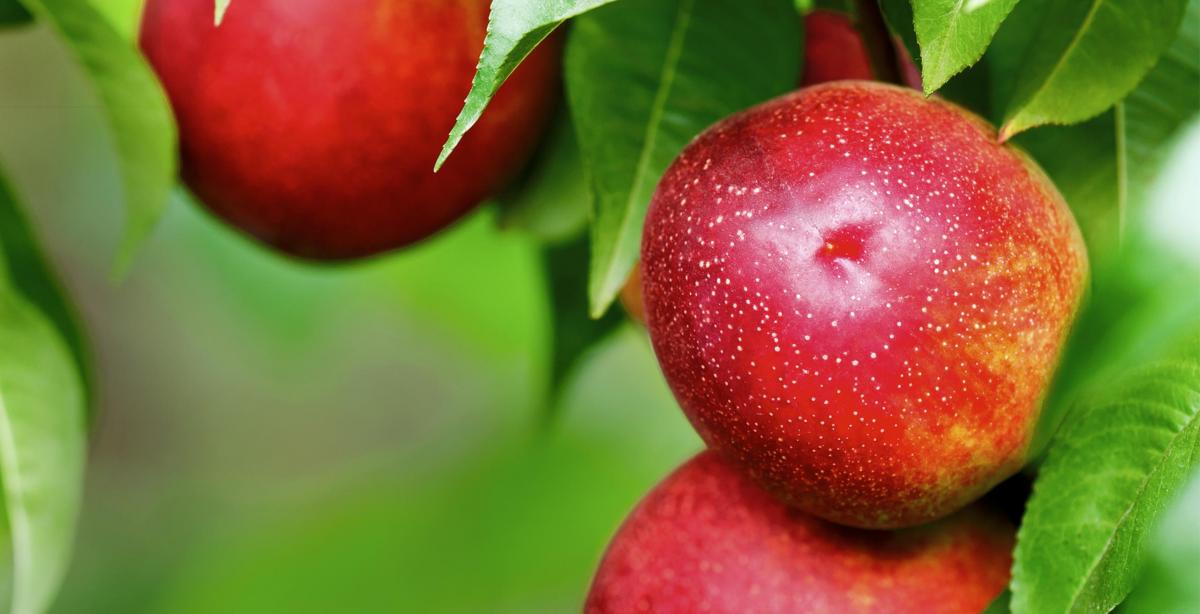
In order to appeal to the discerning palate of Asian consumers, a special variety of nectarines has been cultivated by Chilean producers
Photo: Oppy
“After three years of negotiations, export of Chilean nectarines to China will finally materialize in November this year,” said Chile’s Minister of Agriculture Carlos Furche on October 25th during the Week of Chile in the United States. According to a publication by Macro Trade News quoting Mr. Furche, the final version of the export protocol had been already approved and was expected to be signed during Chinese President Xi Jinping’s visit to Chile later this month.
Mr. Furche noted that Chile’s annual nectarine exports are valued at roughly $50 million and that in order to appeal to the discerning palate of Asian consumers, a special variety of nectarines has been cultivated by Chilean producers. “The opening of China’s market will bring definite benefits to Chile’s nectarine producers and exporters, as they will gain access to a dynamic and growing market, as well as get an opportunity to diversify their shipments.”
Chile’s potential competitors for China’s imported nectarine market are Australia and Spain, both of which were granted permission to export nectarines to China earlier this year. Spain already delivered its first shipments of nectarines to China in September, with Australia to commence shipments in January 2017. Australian nectarines are likely to be the largest competition to Chilean nectarines in China. Geographically, Australia is much closer to China than Chile, which translates to shorter transit times and cheaper distribution costs. Shipments of fruit from Australia via air, such as charter flights, reach China in roughly 12 hours and sea shipments in 8 days. From Chile however, it takes roughly 28 hours for nectarine exports to reach Chinese ports via air, with sea shipments facing transit times of up to one month.*
Additionally, China and Australia are free trade partners and have signed an agreement on reducing nectarine import tariffs to 4% effective January 1st, 2017, and eliminating them completely on January 1st, 2019 (for comparison, the standard most-favoured nation tariff for nectarines is 10%). Chile and China have also signed a free trade agreement, but no decision on favourable import rates for Chilean nectarines has been announced to date. Chilean and Australian nectarines also share the same growing season, from November to April, and will therefore compete for market share in China. Although Spain does not currently have any free trade agreements with China, its air shipments of nectarines take only 14 hours to reach China (sea shipments transit times are roughly the same as Chile’s) and Spanish nectarines will also benefit from the counter seasonal growing period of its nectarines, which lasts from May to October.
Despite this potential fierce competition, Chilean officials and exporters remain optimistic about the future of their nectarine exports to China. They anticipate that price will play a decisive role, as Chilean nectarines are generally cheaper than Australian and Spanish ones. Ronald Brown, president of the Chilean Fruit Exporters Association (ASOEX), expressed confidence in his country’s nectarines exports, stating that, “with the protocol signed, Chile can easily achieve targets of one million boxes of nectarines exported to China [in the coming season].”
*Air and sea shipment times calculated by through the aggregate distance of Australian, Chilean and Spanish airports and seaports from Shanghai





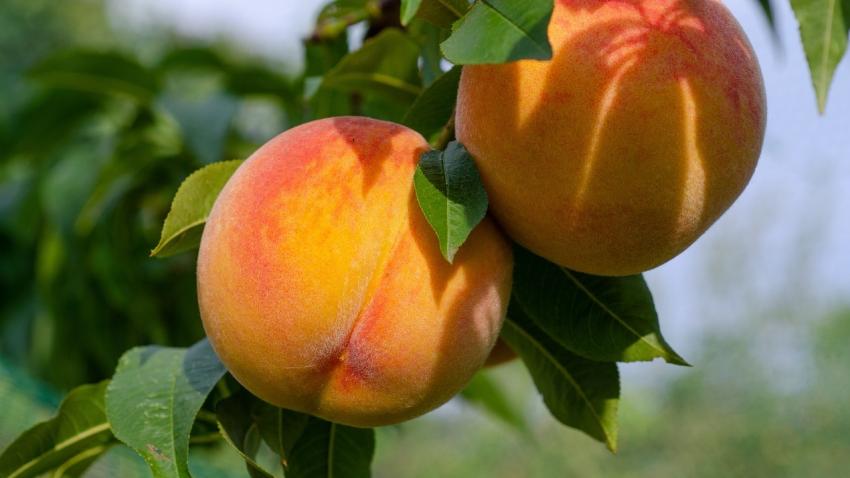
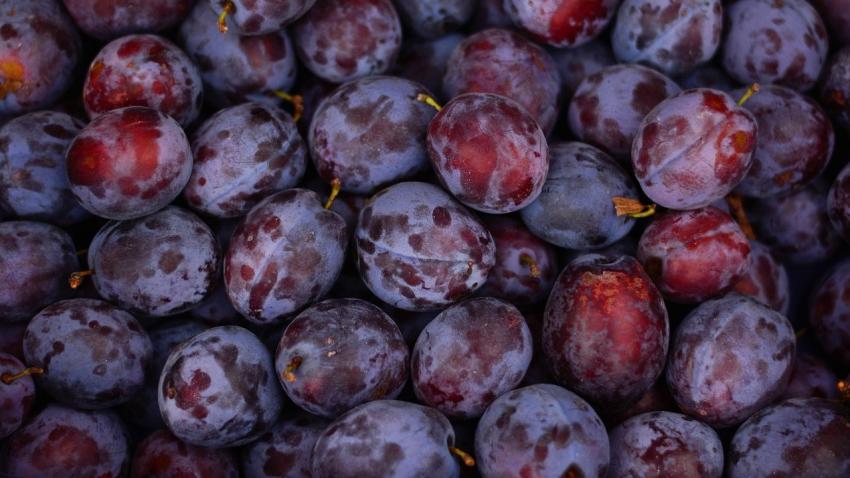
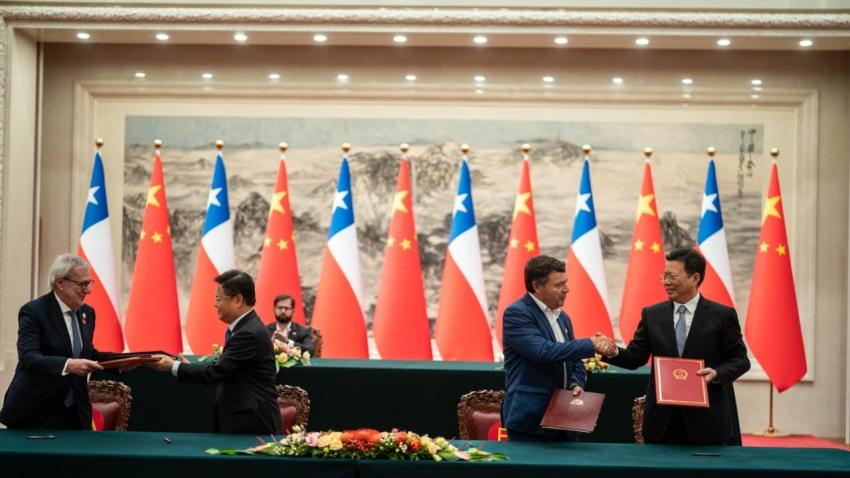
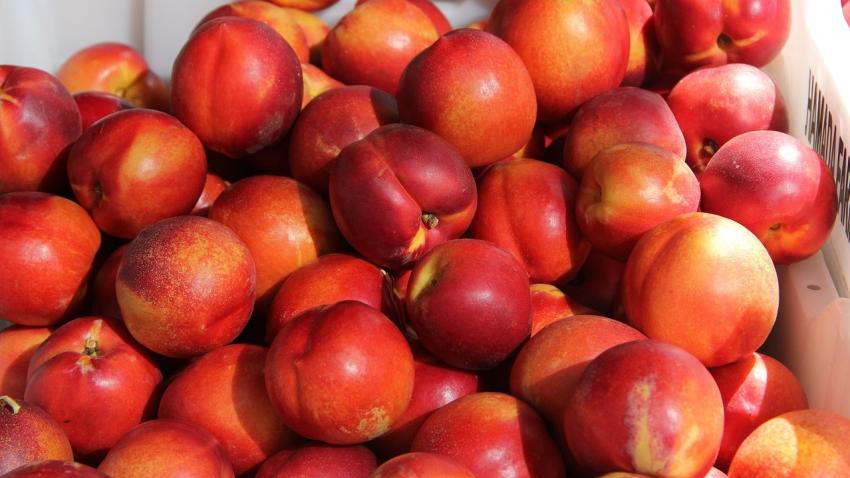






Add new comment